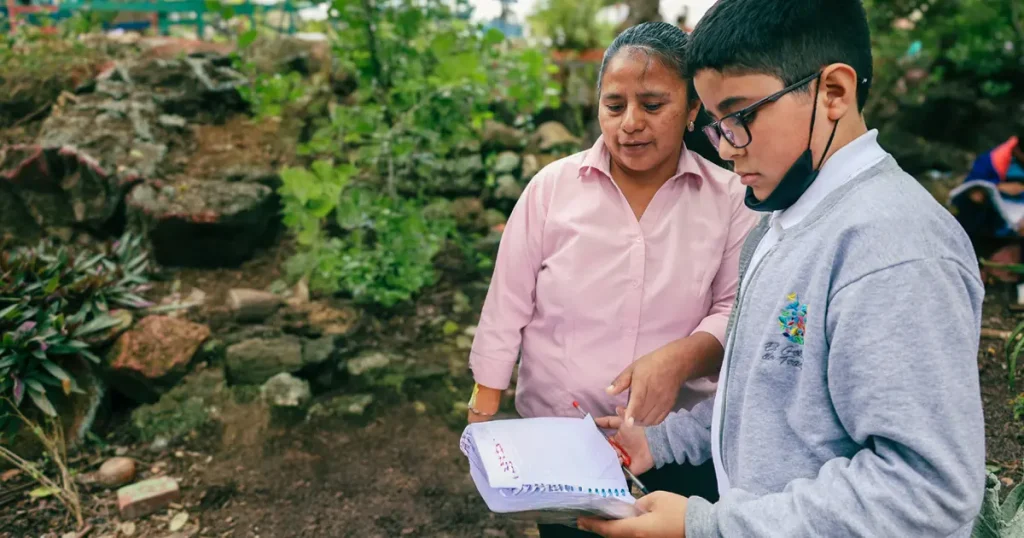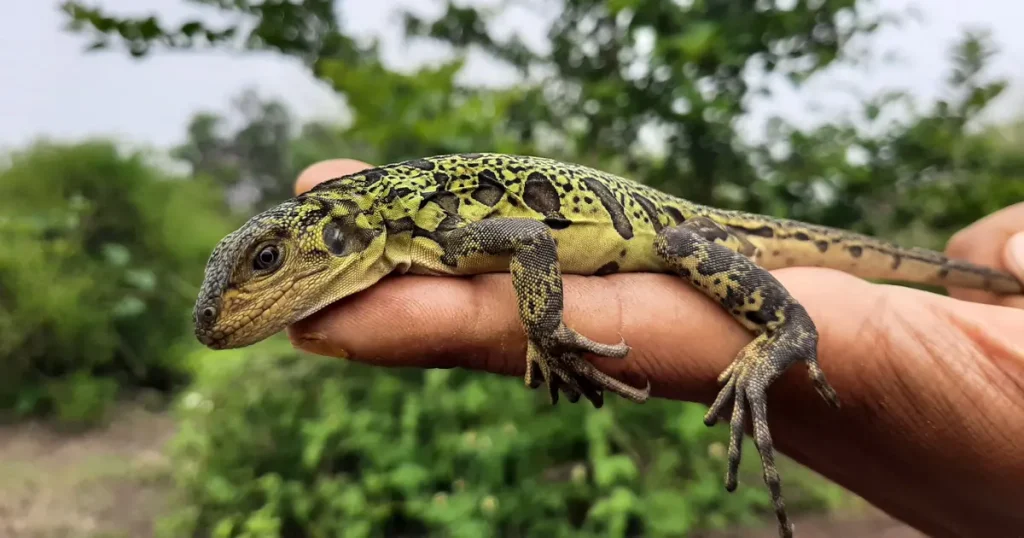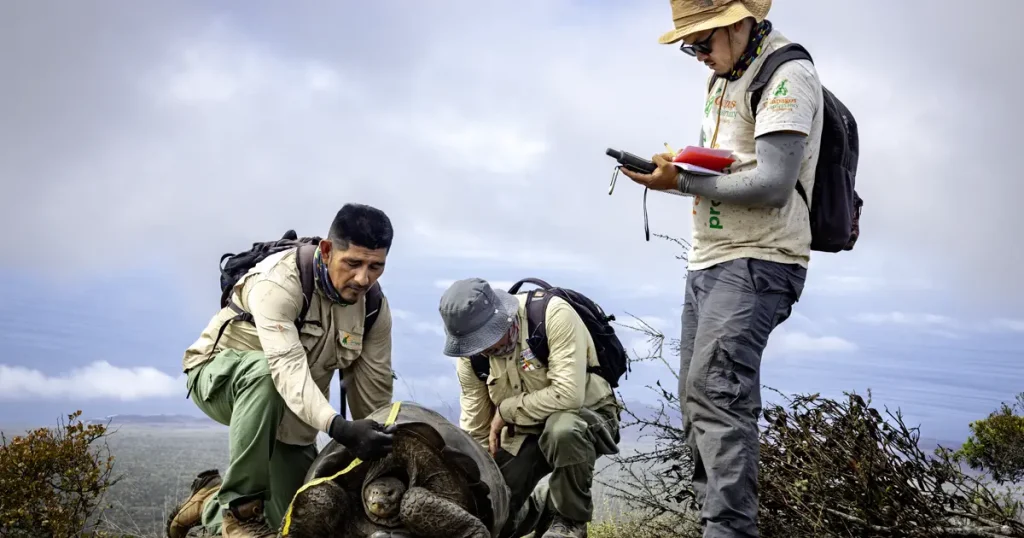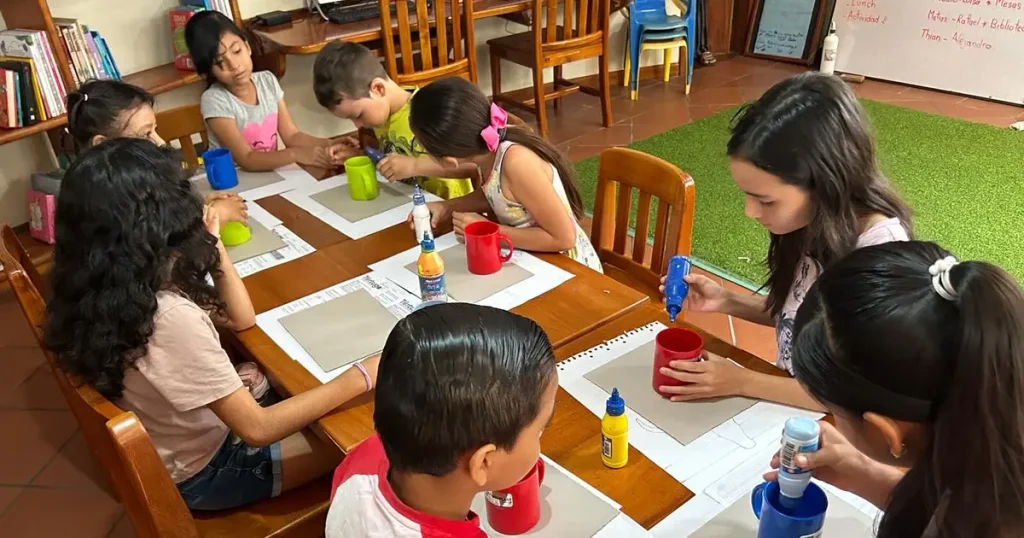Galápagos in Flux: How El Niño is Reshaping Island Ecosystems
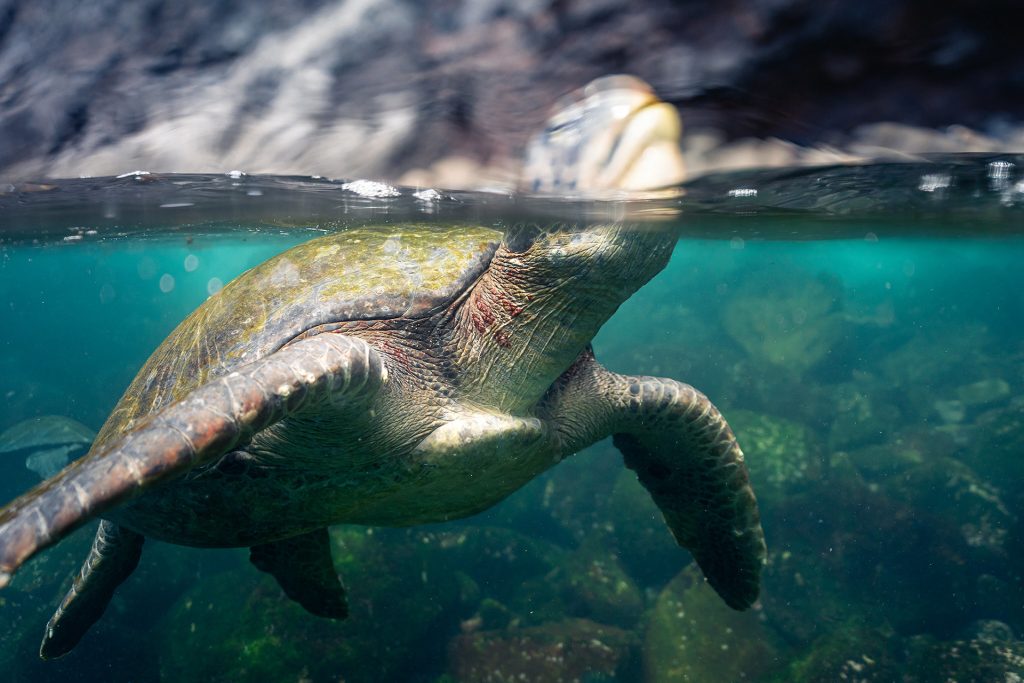
El Niño, a recurring climate pattern that brings warmer water to the Galápagos Archipelago, has begun. Trade winds, which normally blow across the Pacific from east to west, have started to weaken, diminishing the strength of the Humboldt Current, which normally brings cold, nutrient-rich water first north from Antarctica and then west to Galápagos.
As the temperature and nutrient levels of waters around Galápagos change, the entire archipelago is affected. Marine life, which thrives in the cooler conditions brought by the Humboldt, suffers during the warm spell brought by El Niño. Sea lions, boobies, penguins, and cormorants all struggle to find food, often skip breeding, and widely extend their range in search of things to eat.
Warmer seas also evaporate far more water into the atmosphere, which greatly increases the amount of rainfall on the normally dry, hot archipelago. This influx of rain brings profound changes to life on land in Galápagos. The rain triggers far greater productivity on land, relieving the normal drought conditions of Galápagos. Plant growth skyrockets, insects proliferate, and many wildlife species double or even triple their reproduction and survival.
El Niño is a natural event, occurring every 2-7 years, and has intensified in the late 20th century, possibly due to human-driven greenhouse gas increases, although direct causation is yet to be confirmed. There is not much we can do but watch it unfold, but we do know that Galápagos will face many difficulties. Notably, heavy, prolonged rainfall and warm, unproductive seas, along with sea-level surges like the 45-centimeter rise in 1997-98, pose significant challenges for Galápagos.
We are supporting many efforts throughout the archipelago to help both its wildlife and people adapt to this El Niño, including helping municipalities deal with impending threats to infrastructure, anticipating the need for increased invasive species control on land, and preparing for coral reef recovery. The only way we are able to continue to do this important work is through your steadfast support.
Thank you!
